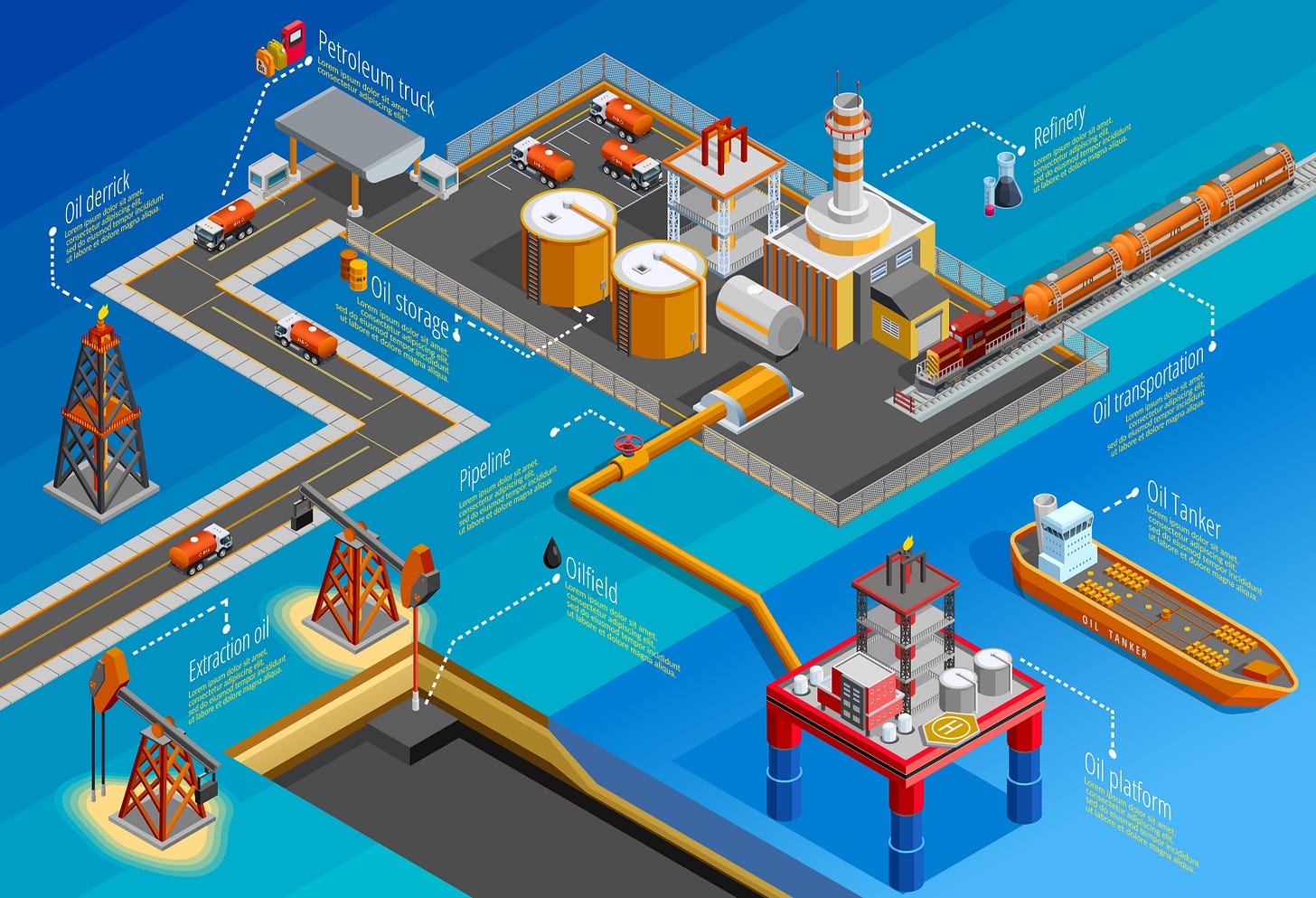The journal Chemical Engineering Progress is the flagship publication of the American Institute of Chemical Engineers (AIChE). This month (April 2025) they published a one-page article entitled ‘AIChE Implements Its Policy Position on Climate Change’. The article outlines the position of this important professional body with respect to climate change.
The organization has published three policy positions over the years: 2014, 2019 and 2024. The first policy accepted that the climate is changing, but ‘took no position on the cause or extent of climate change’. The 2019 policy talked about ‘offering solutions to climate change through systems and other approaches’. The 2024 policy is lengthier and more detailed than its predecessors. One key phrase in it is, ‘Promote resilience and adaptation to prepare society for an environment impacted by climate change’.
The trend is subtle but clear. Eleven years ago the AIChE was vague about climate change. Five years later, the policy considers systems issues ― in other words climate change is not a stand-alone problem; it involves feedback loops. Five years after that the AIChE is talking about adaptation ― in other words there are no solutions to the climate crisis that will return us to conditions as they were in 2014.
This trend reflects my own understanding regarding the climate crisis, except that I was probably thinking about these trends some ten years earlier than the AIChE. (One reason for this may be that, as an individual, I can make up my own mind quickly, whereas the AIChE works through committees, and so has to develop a consensus model. It is likely that many of the people on the various committees felt that the organization was being too cautious.)
One has to wonder what the AIChE position on climate will be by the year 2030. My guess is that they will be advocating for ways in which the chemical engineering profession can help a world that is suffering from floods, droughts, ocean acidification, empty fresh water aquifers, and temperatures at least 2°C above the pre-industrial baseline.






